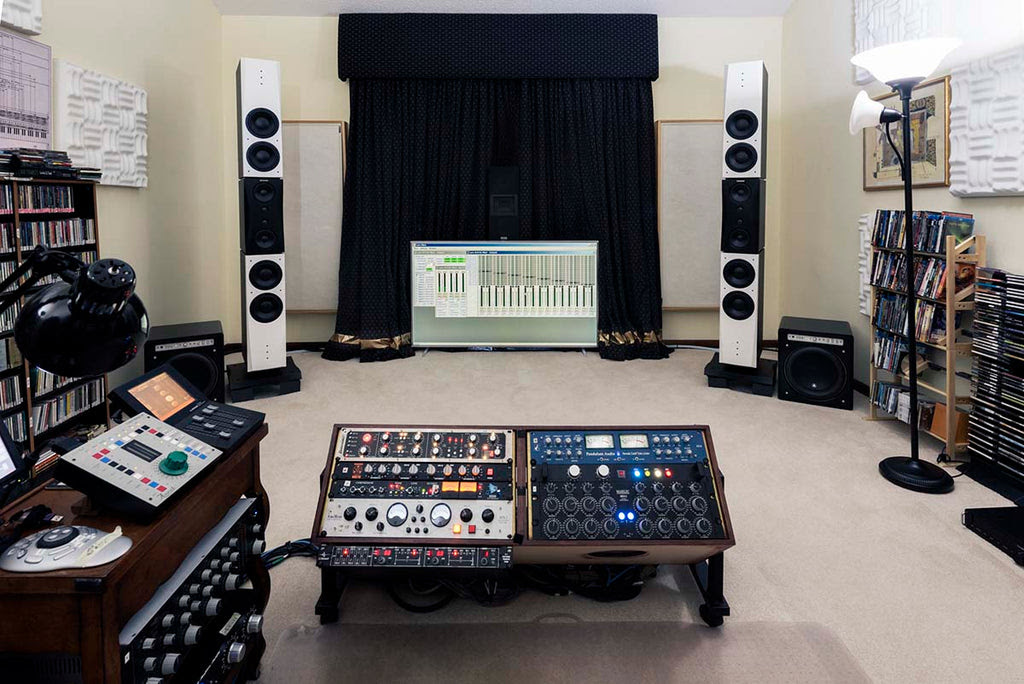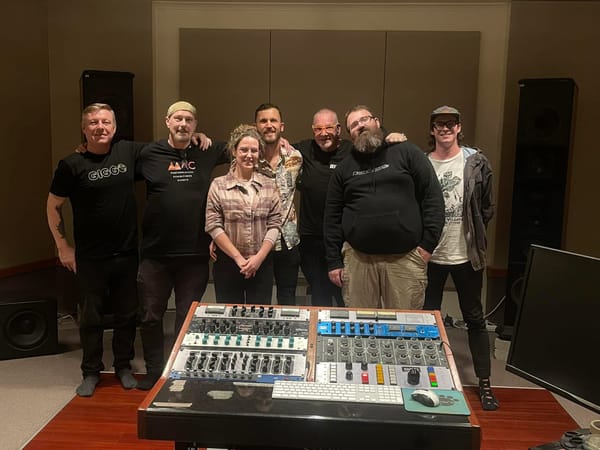Team PMFC Pro Blog | Pitch and Catch | The Best Converters to use | By Bob Katz

Exclusive blog for PMFC Global by Bob Katz - Grammy winning Mastering Engineer and author of hugely popular Mastering Audio: The Art and the Science
“Pitch and Catch” is a term often used by us mastering engineers to describe a technique of “pitching” your source out from your DAW to a DAC — to external analog processors and then “catching” the result via ADC back into your DAW. Needless to say, when doing that, make sure you get your clocking right, but that’s for another blog.

Photo © Mary Kent
My philosophy has always been to use as neutral and transparent a DAC-ADC pair as possible for the P&C choice, and let the outboard analog gear do its intended job, to process the sound of the music with our esthetic intent. So I try to use converters that don’t perform any “processing” of their own.
But there is another approach, which I personally don’t follow, and that’s to use a colored converter for the P&C. Colored converters add their own “touch” to the process. One converter has been praised for its “depth and dimension”. To be totally honest, that depth and dimension comes from a degree of distortion, as it’s well known that a small degree of distortion can enhance some of the depth in a stereo recording. Note that my K-Stereo Processor does NOT use distortion to extract depth, it uses an entirely different approach, but I digress.

Photo © Mary Kent
A colored converter can achieve its distortion by taking advantage of the phase shift and subtle distortion of an audio transformer, or simply by using circuits, perhaps even tubes, that give sound a little “life” or lift. I suppose that’s an ok approach, but please keep in mind that if you use such a colored converter, it will always impart its color on every mastering that you make, no matter what outboard gear you choose.
That means if you are using a converter that, for example, warms the sound, but you may be looking for a little “edge” achieved by, say, an API 2500 compressor, that the warm converter might work against the edge you are trying to achieve. Maybe that converter and the API work ok together, but my mind is blowing from thinking about the weirdness of that combination, and besides, if you only have one converter pair for P&C, then you’d never know how your processing would sound without the extra color of the converters.

Photo © Mary Kent
And so I end this blog with one recommendation for fans of colored P&C converters: Please have an uncolored, transparent converter available and be able to switch between, because no doubt about it: your colored converter is a processor. And if you are looking for subtlety, you’ll never know if your converter pair is being a little too “unsubtle”.
Bob K
Learn more about Bob here: https://www.digido.com/
Buy Bob's legendary Book on audio mastering here: https://www.amazon.com/Mastering-Audio-Third-Art-Science/dp/0240818962
Thanks for reading!
Many more professional producer, audio engineer, and musician blogs to come!
Join our mailing list to get updates direct to your inbox.
Also, we would love you to join our Facebook community. Hit the Facebook logo on the left of this blog to get full access and ask questions to the best producers and audio engineers in the world!
It's all free in the name of networking and education!
Professional audio engineers/producers/pro musicians. We'd love you to share your journey with us and write blogs for PMFC Global.
All authors retain 100% rights of your work and we link to all of your socials and website.
Email blog ideas/drafts to pmfcglobalblogs@gmail.com
Team PMFC x




